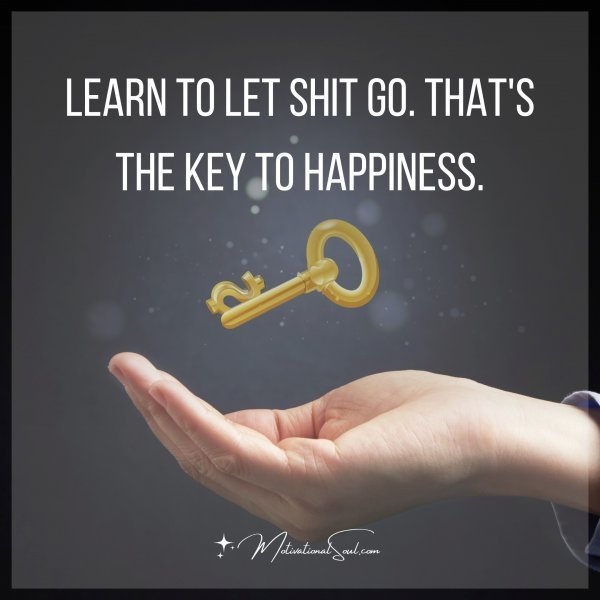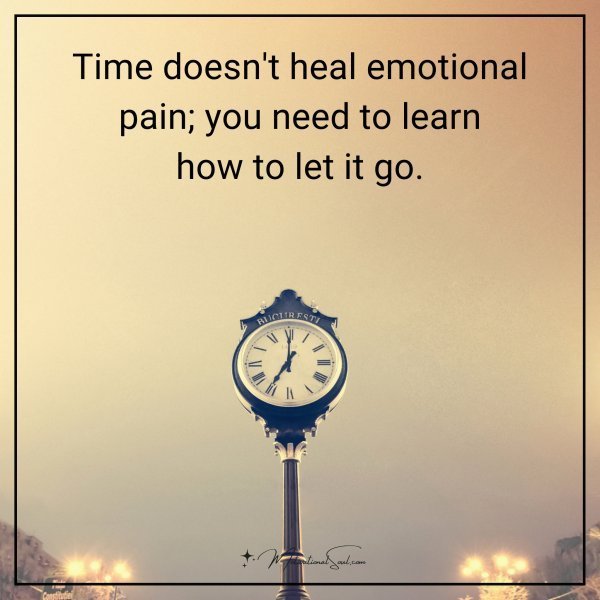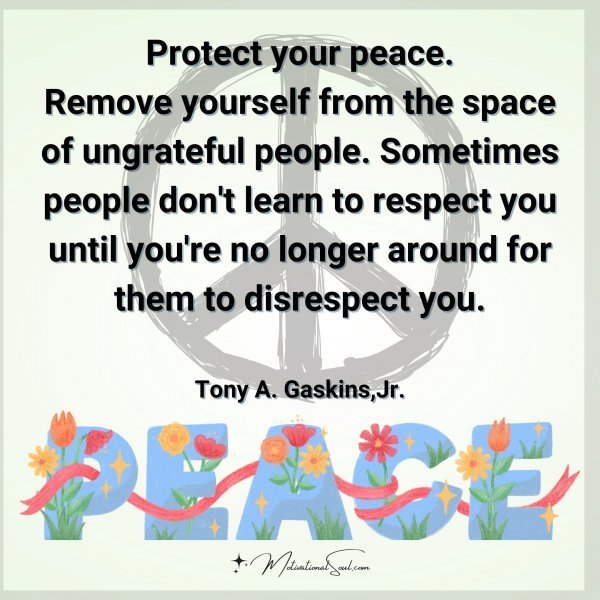Release Attachment and Find Peace

Love Your Life By Letting Go

Peace is not the highest goal in life. It is the most fundamental requirement.- Sadguru
Are you ready to let go of the emotional attachment that has been keeping you from reaching inner peace and contentment? Learning to love life can be an incredibly daunting process, but it doesn’t have to be. This guide will help show how releasing attachments is the first step in finding lasting peace and happiness. By letting go of expectations, patterns of negative thinking, and other sources of emotional attachment, we are able to free ourselves from harmful mental effects that keep us from living our best lives. Read on for tips on how to start battling the attachments weighing you down— no matter what stage you are in your journey of self-discovery!
Introduction: What is Attachment and Why is It Important to Let Go?
Attachment is an integral part of human development and can be both beneficial and detrimental to the individual. Attachment is defined as a deep emotional connection between two people that binds them together. This connection creates strong feelings of love, trust, security, stability, and understanding. Through attachment, individuals learn to rely on others for comfort and support, leading to positive outcomes in their relationships. Attachment also allows for individuals to form lasting relationships with others and provides a sense of belonging in social settings.
However, when it comes to attachment, being too attached can be problematic. An individual who is overly attached may experience anxiety or fear if their attachment figure leaves or changes in some way. They may also feel dependent upon the attachment figure for their happiness and rely heavily on them for validation or approval. This type of attachment can lead to unhealthy relationships where the individual’s needs are not being met or the other person feels stifled by the level of dependency in the relationship.
For this reason, it is important to let go of attachments when they become unhealthy or unproductive. By allowing yourself to let go of unhealthy attachments you can break free from any emotional ties and create space for healthy relationships and activities that do not revolve around another person’s approval or acceptance. Letting go can be difficult but ultimately will lead to more positive outcomes in your life as you learn how to identify and cultivate healthy attachments while still maintaining healthy boundaries with those around you.
Identifying Emotional Attachments: How to Uncover the Sources of Our Pain
When we experience pain, it can often be difficult to pinpoint the root cause. Many times, the issue might lie in an emotional attachment we have formed to another person or object. Identifying these attachments and their sources is a crucial step in uncovering why we feel the way that we do and determining how to best address our feelings.
One way of doing this is to focus on exploring the thoughts, feelings and beliefs that you have around different people or situations. Ask yourself questions like: what emotions come up when I think about this person? What are my expectations of them? How does this situation make me feel? Our answers can provide important clues about what these emotional attachments consist of and why they may be causing us pain.
Another approach is to explore how our relationships with others have changed over time. Are there certain patterns that keep repeating themselves? Using a timeline or other visual aid can help identify points of emotional attachment from our past that may still be influencing us today.
It is also important to consider whether or not these connections are healthy for us. We may want to ask ourselves if the attachment serves any purpose for us, or if it is only contributing to pain in our life. Looking at each one objectively can help provide some insight on whether or not it should remain part of our lives going forward.
Identifying emotional attachments can be challenging but taking a moment to reflect on their causes can be beneficial in helping us understand more deeply what we’re feeling, and ultimately managing and addressing those feelings head-on so that we can move forward with a healthier perspective and outlook.

Releasing Expectations and Patterns of Negative Thinking: Moving Towards Freedom
The idea of releasing expectations and patterns of negative thinking, also known as “Moving Towards Freedom”, has become more and more popular in recent years. It is based on the belief that by releasing expectations and patterns of negative thinking, we can free ourselves from the burden that such thoughts can place on our mental health and overall wellbeing. This belief encourages us to take an active role in changing our outlook, and to be mindful about how we react to the situations around us.
For example, when faced with a situation or experience that doesn’t match up with our expectations or plans, instead of letting it consume us with fear or worry, we should focus on finding solutions or ways to move forward. We should also try to remember that sometimes things don’t always happen as planned; yet despite this unpredictability life still goes on. Thus by practicing acceptance – understanding that things will not always go according to plan – we can reduce stress levels and give ourselves permission to be present without worrying too much about what will happen next.
In addition, when engaging in negative thought patterns it’s important to remember that these are just thoughts – they are not necessarily facts or true reflections of reality. By recognizing this fact we can start to consciously challenge such beliefs by reflecting upon them and questioning their validity. Doing so helps us become aware of our triggers for such thoughts and allows us to practice self-care by reframing our perspective and affirming positive statements in order to break the cycle of negativity.
Ultimately, “Moving Towards Freedom” provides us with an opportunity for personal growth as well as a way of releasing any tensions that may be caused by certain expectations or negative thought patterns. This process helps us become more mindful about how we perceive situations while simultaneously allowing us greater freedom from any limiting beliefs which have been preventing us from living life fully in its entirety.
Practicing Mindfulness: Tools for Connecting with the Present Moment and Finding Inner Peace
Mindfulness is a powerful tool for finding inner peace and connecting with the present moment. It involves learning to become aware of your thoughts and feelings without judgment. This allows you to develop a greater understanding of yourself, which in turn can lead to a more fulfilling life. Practicing mindfulness can help you cultivate helpful skills such as improved focus, increased self-compassion, and better emotional regulation.
Mindfulness begins by paying attention to the present moment, regardless of its nature. This means being aware of what’s happening around you: sounds, sights, smells, tastes and physical sensations. You can practice this by focusing your attention on your breath as it moves in and out of your body or on the sensation of your feet touching the ground when walking. It’s important not to get caught up in thoughts about the past or future while doing this; instead, just observe them like clouds passing through the sky and then let them go.
In addition to focusing on what is happening in the present moment, mindfulness also involves noticing any judgments that come up while practicing it without getting attached to them or taking them too seriously. By detaching from our judgments we can learn valuable lessons about how our minds work and gain insight into our own behavior patterns. In time this can help us become less reactive in difficult situations as we learn to respond rather than react out of instinct.
Finally, mindfulness also involves cultivating kindness towards ourselves by recognizing when we are feeling overwhelmed or stressed out and providing ourselves with compassion and understanding instead of harsh criticism or judgment. Learning how to be kind and gentle with ourselves can help us build healthier relationships with ourselves and those around us.
Ultimately, practicing mindfulness requires dedication but is well worth the effort as it provides many rewards such as reduced stress levels and improved mental clarity. As you continue on your journey into mindfulness remember that progress is not linear—it’s ok if some days are more challenging than others!
Taking Action: Making Changes that Lead to Lasting Contentment
When it comes to taking action and making changes that lead to lasting contentment, one of the most important things to remember is that you have to be proactive. It’s not enough to just think about what changes you want to make — you have to actually take steps towards achieving those changes. This means identifying the areas where you can improve, setting goals for yourself, and then taking consistent action towards those goals. Of course, it’s not always easy — especially if your goal involves a lot of effort or hard work — but it’s necessary in order for real, lasting change to occur.
Start by reflecting on your current situation and deciding which aspects of your life need improvement. You may already know exactly what changes are needed or you may need some help figuring out what needs improvement. Once you identify any potential areas of growth or change, start setting achievable goals for yourself and create a plan of action on how you are going to achieve them. Make sure that these goals are realistic and that they take into consideration any obstacles or challenges that may arise during the process.
After setting your goals and creating a plan on how to reach them, it’s important that you stay consistent with your actions. Take small steps toward your goal every day or week and keep track of your progress so that you can adjust accordingly if needed. It’s also helpful if you have an accountability partner who can encourage you along the way and remind you of why it’s important for you to stick with your plan. Making changes isn’t easy but when done properly can lead to lasting contentment in all areas of life.
If you’re struggling to let go of something or someone, know that you’re not alone. We all deal with emotional attachments at some point in our lives. The good news is that there are techniques we can use to release expectations and patterns of negative thinking so that we can find inner peace. If you want to learn more about how to identify and release emotional attachments, read more here.




Recent Comments